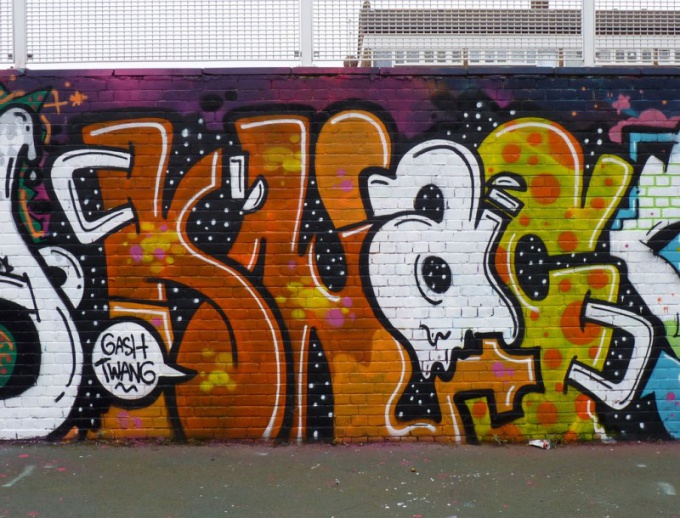Literally "underground" can be translated to English as "underground" - in particular, the term is applicable to different kinds of basements, subways and the metro in General. However, in the 60-ies of the last century, the word acquired a new meaning and began to refer to the entire strata of modern culture: the creativity, which is trying to invent something new, to be original; denies any rules and canons.
This type of "new art" began in the 60-ies of the last century in the United States in parallel with the development of the subculture of hippies, the little-known musicians. The style has been hijacked from himself: trying to do "unusual music" to look for new approaches and ideas for some time ruled out any possibility to achieve massive success, created a second unspoken ideology "underground": underground should remain non-commercial.
However, due to this position, was more a lack of opportunity. This is confirmed by the first "the phenomenon of people" in 1969, when one of the recording studios, he saw the potential hidden within, issued a series of commercial music albums "That's Undergroud", which proved to be very successful.
At this point the culture was split into two parts, which remain today. First do not recognize no Commerce of any kind, and basically write songs on cheap equipment (or not recorded at all), refuse to release albums and only remain in the narrow circle for her. The second part, by contrast, sees the main task in creating music unlike anything around, but does not shy away from this music to make money. This creates controversial music groups (an example can be considered "Amatory"), which, on the one hand, kept the tradition of underground and alternative, but widely known.
Today, the "anti-culture" itself classifies any informal movement. The most widespread term has been among the rap and hip-hop, which by definition is apolitical and is not a commercial orientation. This may also include street art, street racing, any other art & activity "not for everyone".
This type of "new art" began in the 60-ies of the last century in the United States in parallel with the development of the subculture of hippies, the little-known musicians. The style has been hijacked from himself: trying to do "unusual music" to look for new approaches and ideas for some time ruled out any possibility to achieve massive success, created a second unspoken ideology "underground": underground should remain non-commercial.
However, due to this position, was more a lack of opportunity. This is confirmed by the first "the phenomenon of people" in 1969, when one of the recording studios, he saw the potential hidden within, issued a series of commercial music albums "That's Undergroud", which proved to be very successful.
At this point the culture was split into two parts, which remain today. First do not recognize no Commerce of any kind, and basically write songs on cheap equipment (or not recorded at all), refuse to release albums and only remain in the narrow circle for her. The second part, by contrast, sees the main task in creating music unlike anything around, but does not shy away from this music to make money. This creates controversial music groups (an example can be considered "Amatory"), which, on the one hand, kept the tradition of underground and alternative, but widely known.
Today, the "anti-culture" itself classifies any informal movement. The most widespread term has been among the rap and hip-hop, which by definition is apolitical and is not a commercial orientation. This may also include street art, street racing, any other art & activity "not for everyone".
